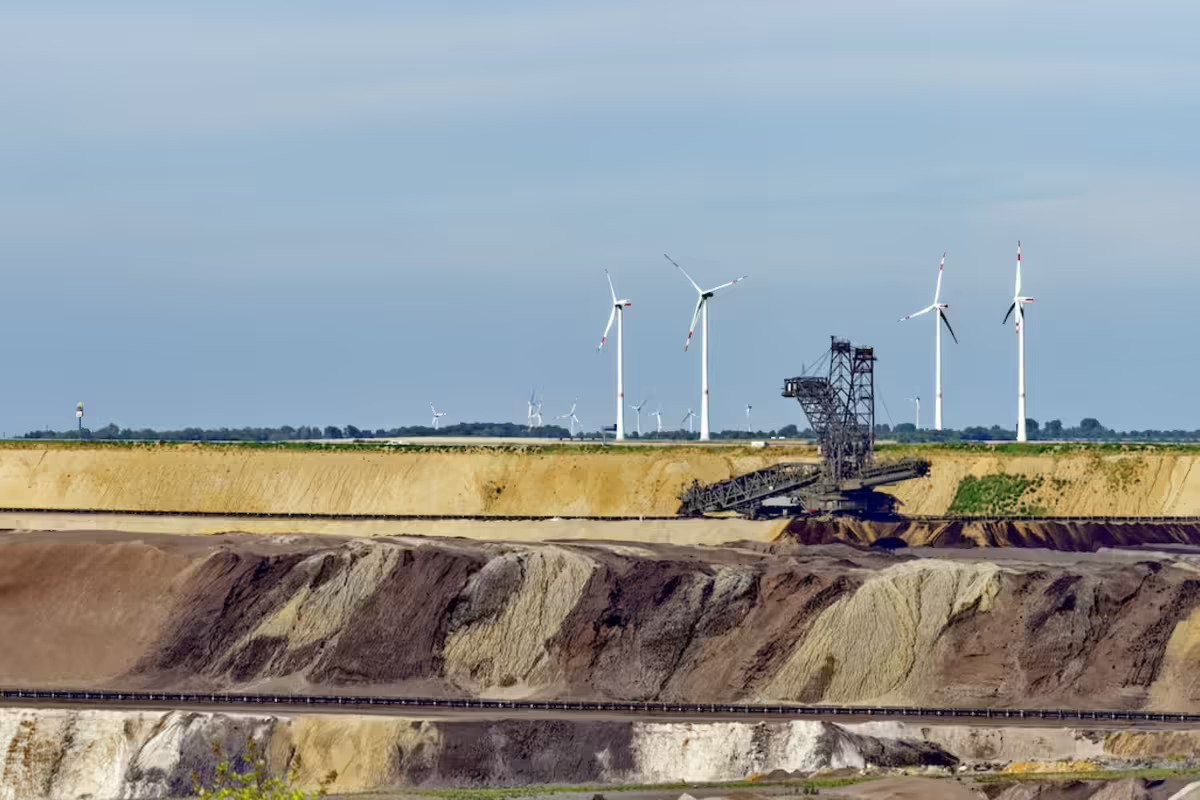Despite a sharp increase in energy demand in China, overall coal use has decreased during the pandemic. However, the overall fall in consumption has been a pitiful 0.8%.
Other countries, such as Japan, are continuing to develop coal-fired power plants, putting the global objective in jeopardy. Meanwhile, other coal-producing countries such as Australia, Germany, as well as India are setting objectives to shut operations and shift to renewable energy.
The world has been confronted with the harsh fact that not enough is being done to address the climate emergency. We must do more, and we must do it immediately. And the struggle against thermal coal demonstrates that there are grounds for optimism.
Since 2019, coal usage in the United States has been in rapid decline, meaning that even major industries like metal are shifting to renewables and substantially cutting pollution levels in some locations. Europe is going considerably faster than expected, as some countries have demonstrated that they can exist for a long time without coal.

What about Canada, then? Over the last decade or two, the country’s usage of thermal coal has decreased considerably. Coal-fired power accounted for approximately 16% of Canada’s electricity generation mix in 2005. It is now slightly more than 7%.
Alberta was ahead of the national coal requirement, declaring in 2015 that it would close its final coal-fired power plant by 2030. The province is currently on target to deactivate its last facility by 2023 when it will concentrate on natural gas, hydropower, wind, as well as photovoltaic to generate power.
Despite the national government’s promise to intervene by 2030, 13 to 18 MT of dirty coal is still shipped through Canadian waterways each year. This is why we must keep fighting until coal production is lost to history by pressuring the government to implement more initiatives and aid potentially harmed employees during the future energy transition.
